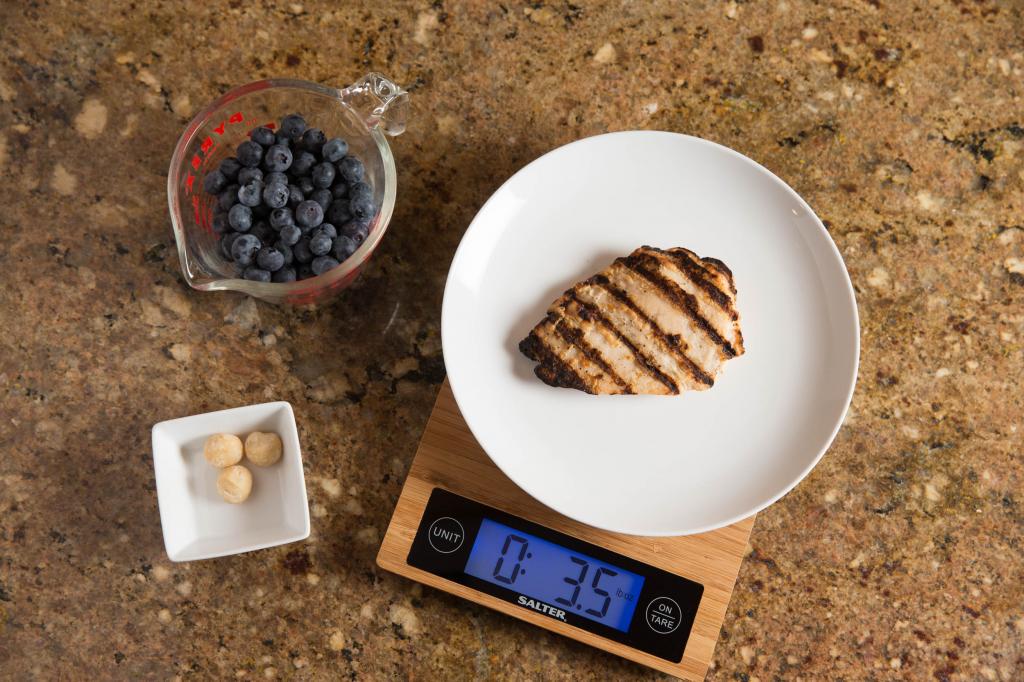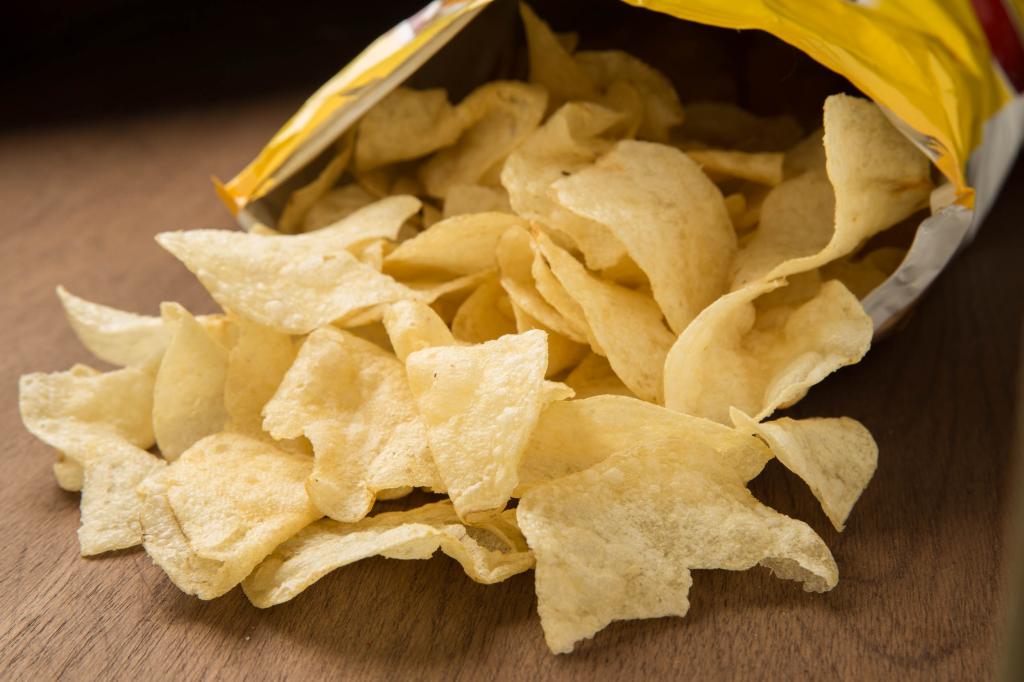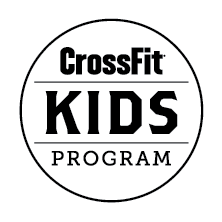
“I’m working out, but I can’t lose weight”

From The CrossFit Journal April 2018
You’re getting the hang of this CrossFit thing.
You’ve been to several classes and you’re sleeping well, moving easier, breathing better.
You’ve learned the difference between an AMRAP and an EMOM.
If only the scale would move.
How can you do CrossFit—the hardest workouts on the planet—and not lose weight?
Here’s the answer: The foundation of CrossFit is nutrition.
Those bodies you’ve been admiring weren’t built just by burpees. They were molded by something far more mundane: high-quality whole foods in appropriate quantities. Meat and vegetables, nuts and seeds, some fruit, little starch, and no sugar.
As much as you might want someone to lay out a meal plan for you and give you a list of what you can and can’t have, that method seldom leads to long-term weight management.
Trust me, I’ve tried all the plans. It wasn’t until I educated myself on what I was actually eating that I learned how to make adjustments and decisions that allowed me to achieve my goals. Once I was truly in the driver’s seat, things became remarkably easy.
Do you know what you ate yesterday? You might be able to recall with some accuracy your meals and snacks, but do you know exactly how much you ate? Do you know how many grams of protein, carbohydrates and fat?
 Try it. Just for a couple of weeks. Track everything and get a clear picture of what you’re eating.
Try it. Just for a couple of weeks. Track everything and get a clear picture of what you’re eating.
If you’ve never tracked your food, it can be a bit time consuming in the beginning, but a couple of basic tools will shorten the learning curve. All you need is a food scale, an account on a site such as MyFitnesspal (the free version works just fine) and a commitment to recording everything you eat and drink. Every bite and every sip—at least for a while.
If you are overweight, you are probably eating more than you think you are. Portion sizes can be very deceptive. Just because it’s a serving to you doesn’t mean it’s the serving size listed on the package. You need to determine exactly how much you are consuming before you determine what you should be eating. For this reason, I recommend you just log your intake for the next 10-20 days. No changes. Just logging.
Don’t forget to include the condiments, the olive oil that you cooked your veggies in, the butter on your bagel, or the bite of Ben and Jerry’s you accidentally downed when you went to get ice. Don’t forget the calories you drink: juice, soda, alcohol. Measure everything, weigh everything. No judgment. Just record it.
Accuracy and consistency are important. During this phase, stay away from restaurants that don’t have their nutritional information available online. You need to be able to account for every meal, and a cheeseburger from one place might contain 600 calories while something that appears identical contains 1,500. Ideally, you’ll be prepping your own food for the greatest accuracy.
With a few weeks’ worth of accurate data, you can analyze your current intake and decide where you need to make changes.
When you are ready to adjust your calories down after a period of tracking, you’ll likely decide pretty quickly to give up or limit high-calorie, low-nutrition foods. Soda and sugary snacks and desserts, chips, fries, deep-fried whatever—when you see the caloric impact they have on your diet, you will be moved to switch things up.
This time, you won’t make switch because some book told you to cut Captain Crunch out of your life. You’ll change because that nightly margarita is keeping you from losing an extra pound this week, and you want that pound gone more than you want that drink.
 Accomplishing your goals will be more satisfying.
Accomplishing your goals will be more satisfying.
When you plug in those two Big Macs and realize that 12 bites of “food” could have been traded for 12 oz. of grilled chicken, an enormous green salad and a generous portion of sweet potatoes or rice, you will come to a singular conclusion: Bad food isn’t worth it.
The second you find yourself uttering those words, your diet—the foods you decide to eat—will change.
In the beginning, you might just serve less of the same foods you are already eating—10 chicken nuggets instead of 20, diet soda instead of soda, less peanut butter. I had to observe a moment of silence when I learned how small a serving of peanut butter actually is.
Whatever direction your newfound knowledge takes you, it will be an improvement.
Before you know it, you’ll be filling your cart with fruits and vegetables and gorgeous cuts of meat. You’ll create vibrant and colorful plates of food and wonder how you ever subsisted on a “meal” received at a drive-thru window.
I’m not saying you’ll never have a slice of chocolate cake again. I’m not even saying you’ll never have a weekend defined by nachos and beer. But those things will become the exception, and they will no longer derail you from the path you are on.
That’s right. You will still be on the path even if you take the occasional detour.
No more starting over on Monday. No more Nov. 1s when, after having failed your candy-abstinence pledge for Halloween, you throw in the towel and decide you’ll start over after the holidays.
You will have conquered the binge-dieting cycle that most of the world doesn’t even recognize as futile. You won’t be on a diet ever again. Imagine the freedom of that.
But I’m getting ahead of myself.
When you start on a journey, you have to know your point of origin. So spend the next 20 days educating yourself on what you actually eat. Log everything, no matter how horrible you think it is. You deserve the revelations that will come from complete honesty. It might be a little painful, but you can handle it.
Heck, you’re a CrossFitter.
This article is Part 3 of 6. Subsequent parts will be added here upon publication.
Part 1: “An Open Letter to Those Who Need to Lose Weight”
Part 2: “Change Your Life in 24 Hours”
Part 4: “When You Never Rx Anything”
Part 5: “Your New Diet in the Real World”
About the Author: Kai Rainey lives with her husband of 21 years in Tucson, Arizona. At 42, she was over 300 lb., with a BMI of 49.9. She lost over half her body weight through CrossFit and healthy eating. In November 2017, she earned a CrossFit Level 1 Trainer Certificate. She hopes to reach others who are battling obesity and help them take steps to reclaim their lives. Read more at Mylastfatsummer.com.
All images: Dave Re/CrossFit Journal




